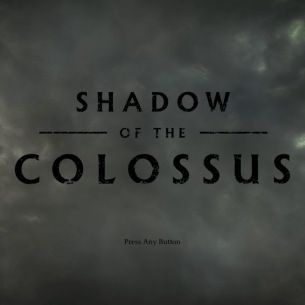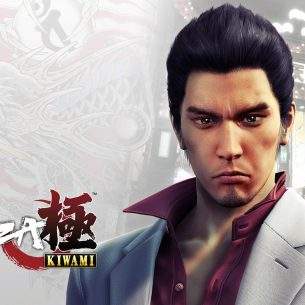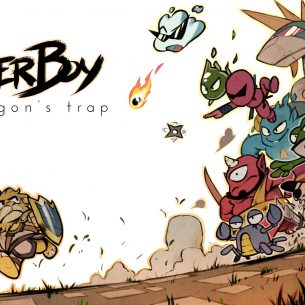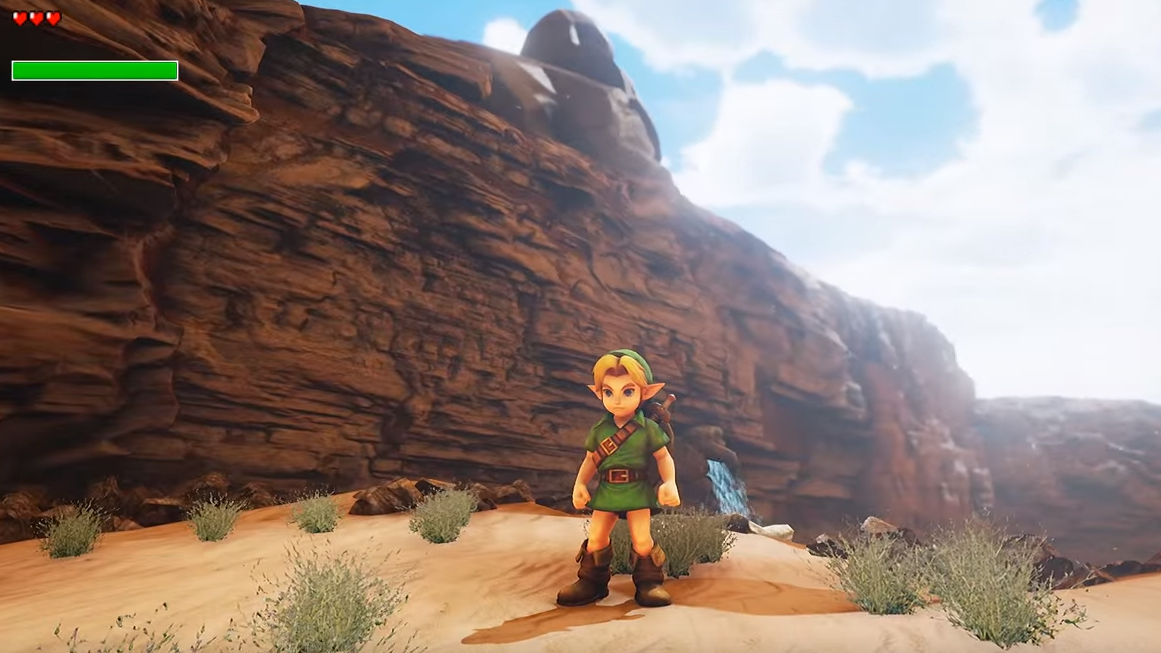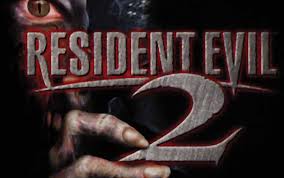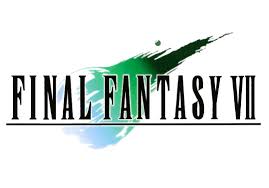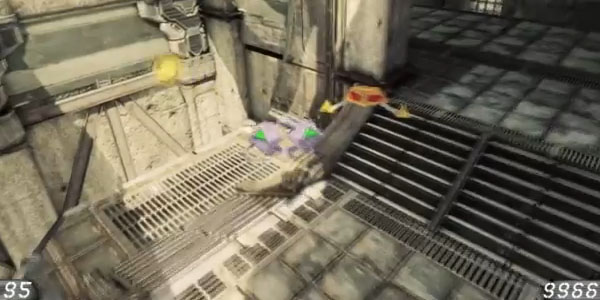Archive Post
Home / remake
Report: Hyperdimension Neptunia Re:Birth 1 Coming To PS4
A preview of the upcoming issue of Dengeki Magazine spotted by the folks at Siliconera…
Shadow of the Colossus Remake | Review
Version Tested: PlayStation 4 (Played On a Launch PS4) Team ICO's titles have taken on…
Yakuza Kiwami | Review
Game Reviewed By: John Bridgman “Kiwami means extreme!” the tutorial explains, and that’s a good way,…
Wonderboy: The Dragon’s Trap | Review
Back in the ancient year of 1989, there was a game called Wonderboy III: The…
This Legend of Zelda: Ocarina of Time’s Gerudo Valley UE4 Recreation Is A Thing of Beauty
The Legend of Zelda: Ocarina of Time is one of my favorite games of all time…
Capcom Finally Commits To Developing An HD Remake of Resident Evil 2
Fans have been clamoring for an HD update to Capcom’s 1998 classic Resident Evil 2…
Final Fantasy 7 Remake Heading To PS4
Square Enix showcased a teaser trailer for the long awaited Final Fantasy 7 remake at…
Fan Made Remake Of Descent In The Works
Modder MadMaxBLD definitely deserves kudos for beginning work on bringing back a great game of…


